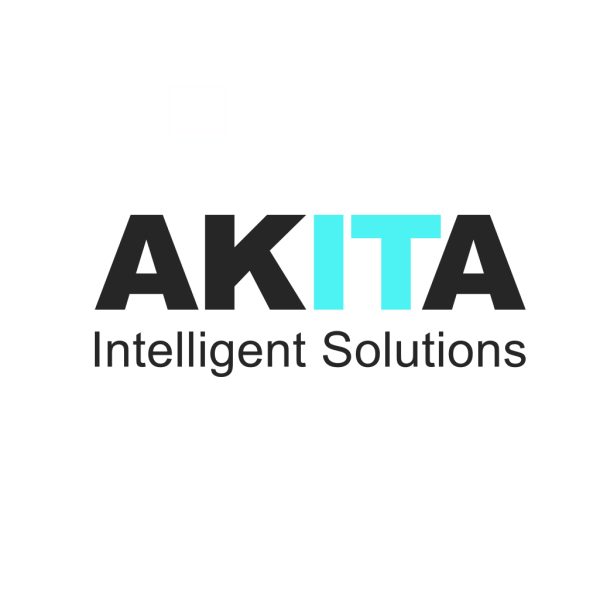Sage 50 is a powerful piece of accounting software that helps small to medium-sized businesses control their finances, but many organisations outgrow its capabilities.
Although it has advanced functionality, Sage 50 isn’t the most scalable solution. If you think your business has outgrown Sage 50 and is ready for alternative finance software, look out for the following signs:
You’re Using Excel For Reporting
Sage 50 is an accounting tool that many businesses use to handle their financial statements. However, it may not be the best solution for more complex accounting tasks. For example, if a business has multiple revenue streams or complex accounting requirements, Sage 50 may not be able to handle all of the calculations and data management needed.
To address this limitation, some businesses turn to spreadsheets like Microsoft Excel. Excel can be used to create more complex financial reports, perform data analysis and build custom charts, but it can also introduce new problems. Excel data may not be updated in real-time, leading to potential data discrepancies between different sources.
Also, spreadsheets are prone to user error, especially when multiple users edit the same document simultaneously.
Another issue with relying on Excel for financial reporting is that the software can quickly become unwieldy when dealing with large datasets. This can make it difficult to find specific information, and the sheer volume of data can make it challenging to maintain accurate records.
Given these limitations, businesses that are relying heavily on Excel for their financial reporting may want to consider more advanced accounting software solutions.
It’s Slow To Close
Sage 50 offers a range of features and capabilities to help businesses manage their finances. One of the benefits of using Sage 50 is that it employs a number of background processes when closing down to ensure that the stored data is safe and stays functional. These processes include things like data backups and file compression, which can take some time to complete depending on the size of the dataset.
As a business grows and accumulates more data, these background processes can become more time-consuming, causing the software to take longer and longer to close down. In some cases, this can result in the software taking hours or even days to shut down completely. If you find yourself in this situation, it's a clear indication that your needs have outgrown the capabilities of Sage 50.
A Lack Of Integration
You’ll likely use other applications for different parts of your business, and integrating these tools can save time and money. Unfortunately, doing this with Sage 50 is a costly and complex process, which leaves the alternative option of manual workloads. If you find yourself doing this workaround a lot, it might mean you've outgrown Sage 50.
You Require Remote Access
With more organisations than ever embracing the remote working trend, it’s become more important to allow for remote access to important systems. Sage 50 doesn’t accommodate this, which makes it harder for remote workers to utilise the software. So if you’re thinking about incorporating remote working into your organisation, then Sage 50 isn’t the right option.

Too Many Manual Processes
Having to perform manual financial processes is a laborious task that inevitably creates the potential for errors. Moreover, you can’t scale these manual processes up, so as your business grows it becomes harder to do. Sage 50 doesn’t have automation in several areas like accounts receivable or accounts payable, so if you could benefit from having more time, you might want to look for another accounting solution with better automation capabilities.
Think You’ve Outgrown Sage 50? Now What?
You’ve outgrown Sage 50, so what system should you migrate to? Microsoft Dynamics Business Central is Microsoft's ERP solution which offers advanced finance capabilities that can completely replace. It offers a secure, cloud-based environment, placing finance at the core of operations.





